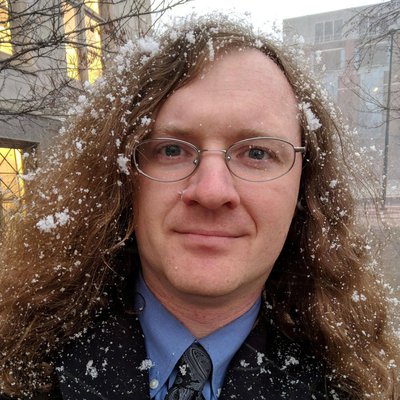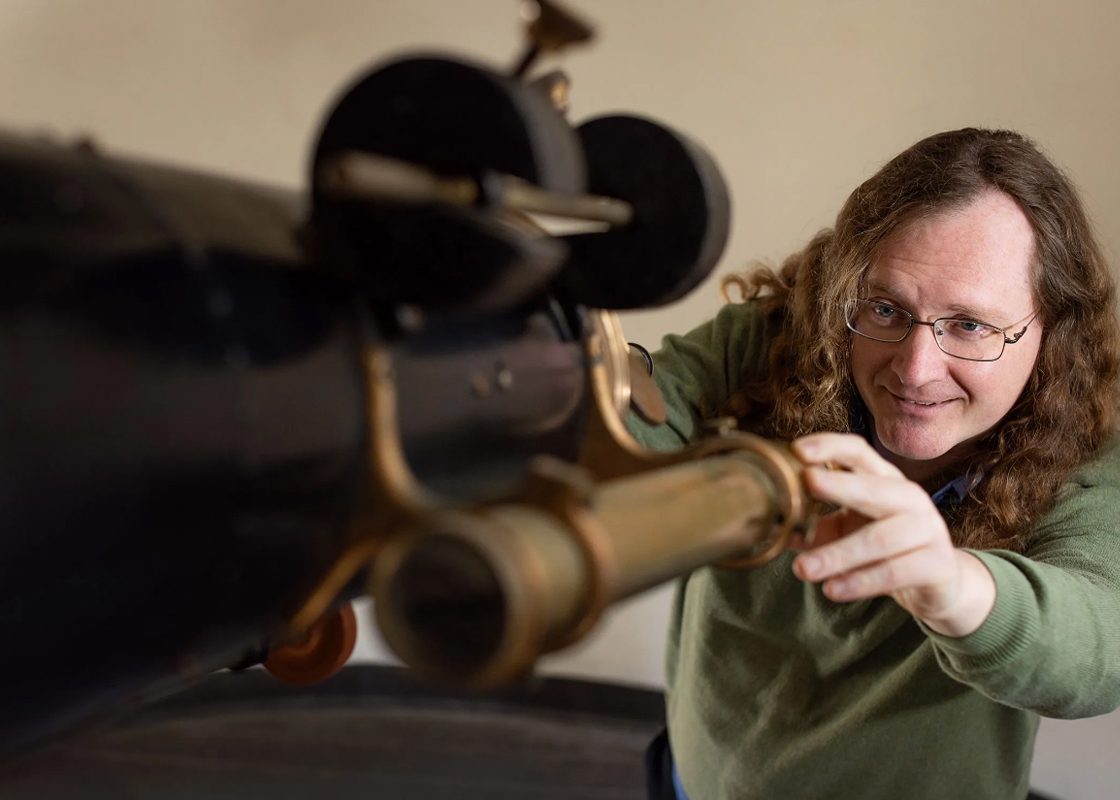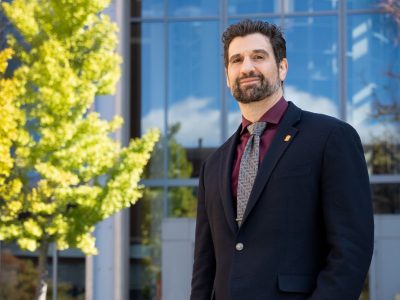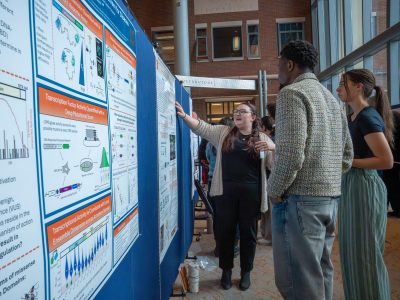Walter Freeman’s “Introduction to Astronomy” classes always end the same way they began, with Freeman advising his students that, ultimately, “we look at the stars because they are pretty and they illuminate who we are as humanity.”
That humanity will be on full display at 3:23 p.m. on Monday, April 8, when the University campus community and Central New York will experience a total solar eclipse—a naturally occurring phenomenon when a new moon finds itself precisely between the Earth and the sun—creating nearly 90 seconds of pure darkness during the middle of the afternoon.
The philosophy Freeman instills in class varies greatly from when humanity’s first encounters with solar eclipses, when people believed the sun powered their lives, and the events in the sky were closely associated with religion and mythology. Since the timing of the sun, moon and stars’ motions were documented to both keep time and navigate, anything that led to the sun’s disappearance, even for a few seconds, “served as harbingers of doom and gloom, an omen of terror,” says Freeman, an associate teaching professor of physics in the College of Arts and Sciences.

Freeman uses stargazing and phenomenon like the upcoming solar eclipse to demonstrate to his students how the advancement of astronomy over time teaches us a valuable lesson on “the development of our capabilities as people,” Freeman says. As scientific advances are made, society has come to comprehend the sheer brilliance on display during a total solar eclipse.
“This will be a beautiful, once-in-a-lifetime event in the sky. Science gives us a means to predict and understand eclipses. But beyond that, physics takes a back seat here. The eclipse isn’t a scientific event as much as it is a human event. Everyone will be able to appreciate what happens in a poetic and artistic way. That will be beautiful, and it will bring us all together,” Freeman says.
Campus community members are invited to participate in this rare occasion—the next total solar eclipse in Syracuse isn’t predicted to happen for another 375 years—through a series of on-campus events.
The Department of Physics, in collaboration with the College of Arts and Sciences, is hosting various eclipse-related activities on the Quad from 1:30-4 p.m. Physics students will lead assorted make-and-take projects and demonstrations across different locations. Telescopes will be available by Carnegie Library, and guided Holden Observatory tours and eclipse-related presentations are being offered in the Stolkin Auditorium. Be sure to visit the Arts and Sciences eclipse website for more helpful information.
Additionally, join the Barnes Center at The Arch and Hendricks Chapel on the Quad from 2:30-4 p.m. for an immersive solar eclipse viewing event featuring a sound bathing experience and guided meditation, a viewing of the total solar eclipse, and a celebration of Buddha’s birthday ritual with the Buddhist chaplaincy.
Leading up to the eclipse, Freeman spoke with SU News about what makes this total solar eclipse different, where the optimal viewing areas are for experiencing maximum totality and why people should focus on who they’re watching the eclipse with instead of striving for that perfect social media post.



